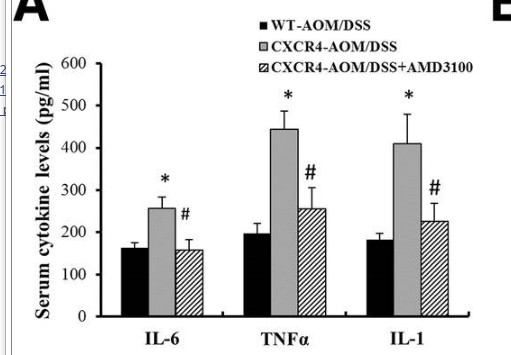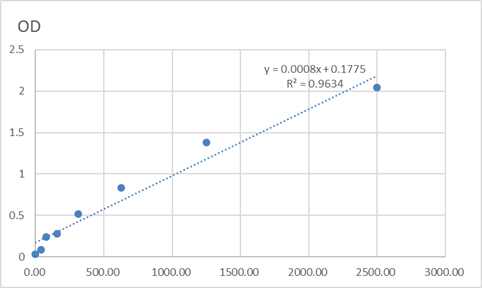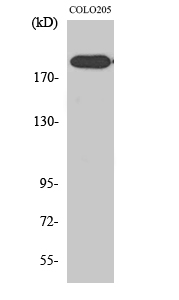Total XPG Cell-Based Colorimetric ELISA Kit
- Catalog No.:KA3579C
- Applications:ELISA
- Reactivity:Human
- Gene Name:
- ERCC5
- Human Gene Id:
- 2073
- Human Swiss Prot No:
- P28715
- Mouse Swiss Prot No:
- P35689
- Storage Stability:
- 2-8°C/6 months
- Other Name:
- DNA repair protein complementing XP-G cells (EC 3.1.-.-) (DNA excision repair protein ERCC-5) (Xeroderma pigmentosum group G-complementing protein)
- Detection Method:
- Colorimetric
- Background:
- cofactor:Binds 2 magnesium ions per subunit. They probably participate in the reaction catalyzed by the enzyme. May bind an additional third magnesium ion after substrate binding.,disease:Defects in ERCC5 are the cause of xeroderma pigmentosum complementation group G (XP-G) [MIM:278780]; also known as xeroderma pigmentosum VII (XP7). Xeroderma pigmentosum is an autosomal recessive pigmentary skin disorder characterized by solar hypersensitivity of the skin, high predisposition for developing cancers on areas exposed to sunlight and, in some cases, neurological abnormalities. Some XP-G patients present features of Cockayne syndrome, including dwarfism, sensorineural deafness, microcephaly, mental retardation, pigmentary retinopathy, ataxia, decreased nerve conduction velocities.,function:Single-stranded structure-specific DNA endonuclease involved in DNA excision repair. Makes the 3'incision in DNA nucleotide excision repair (NER). Acts as a cofactor for a DNA glycosylase that removes oxidized pyrimidines from DNA. May also be involved in transcription-coupled repair of this kind of damage, in transcription by RNA polymerase II, and perhaps in other processes too.,similarity:Belongs to the XPG/RAD2 endonuclease family. XPG subfamily.,subunit:Interacts with PCNA.,
- Function:
- nucleotide-excision repair, DNA damage removal, DNA catabolic process, endonucleolytic, DNA metabolic process, DNA repair, transcription-coupled nucleotide-excision repair, nucleotide-excision repair, nucleotide-excision repair, DNA incision, 3'-to lesion, DNA catabolic process, response to DNA damage stimulus, aging, determination of adult life span,macromolecule catabolic process, response to radiation, response to UV, response to light stimulus, response to abiotic stimulus, UV protection, response to UV-C, multicellular organismal aging, regulation of cell death, cellular response to stress, nucleotide-excision repair, DNA incision, multicellular organism growth, growth, regulation of apoptosis, negative regulation of apoptosis, regulation of programmed cell death, negative regulation of programmed cell death, cellular macromolecule catabolic process, negative regulation of cell deat
- Subcellular Location:
- Nucleus . Chromosome . Colocalizes with RAD51 to nuclear foci in S phase (PubMed:26833090). Localizes to DNA double-strand breaks (DBS) during replication stress (PubMed:26833090). Colocalizes with BRCA2 to nuclear foci following DNA replication stress (PubMed:26833090). .
- June 19-2018
- WESTERN IMMUNOBLOTTING PROTOCOL
- June 19-2018
- IMMUNOHISTOCHEMISTRY-PARAFFIN PROTOCOL
- June 19-2018
- IMMUNOFLUORESCENCE PROTOCOL
- September 08-2020
- FLOW-CYTOMEYRT-PROTOCOL
- May 20-2022
- Cell-Based ELISA│解您多样本WB检测之困扰
- July 13-2018
- CELL-BASED-ELISA-PROTOCOL-FOR-ACETYL-PROTEIN
- July 13-2018
- CELL-BASED-ELISA-PROTOCOL-FOR-PHOSPHO-PROTEIN
- July 13-2018
- Antibody-FAQs



